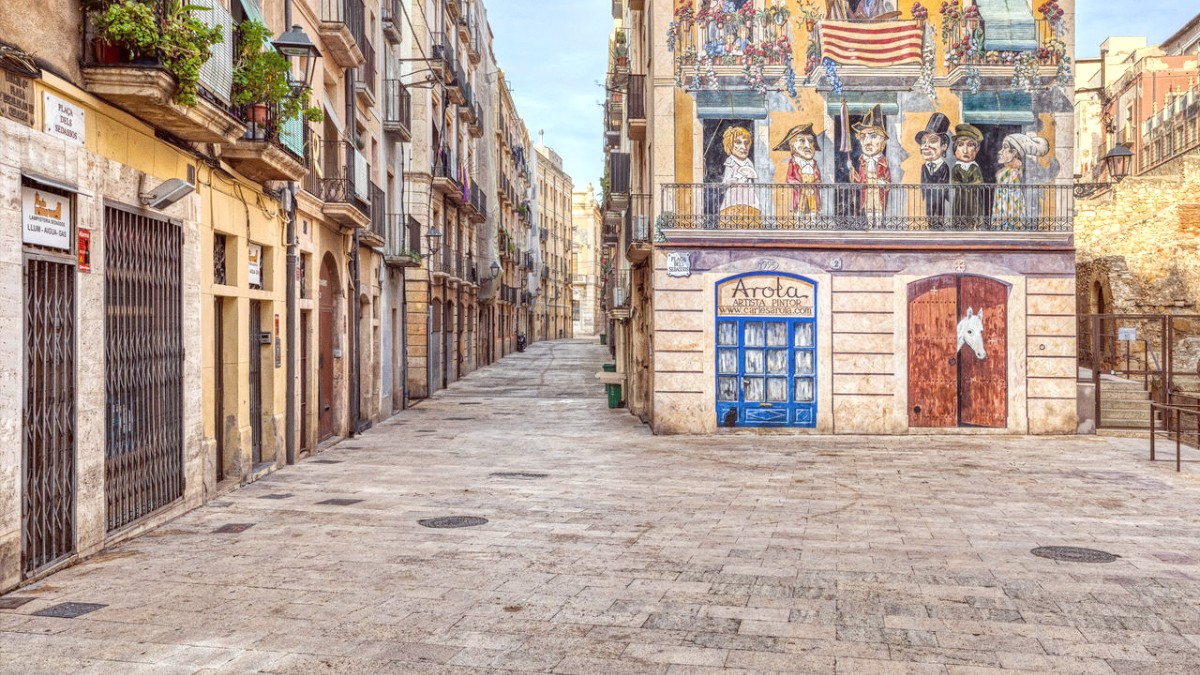
Catalonia, Spain
Buses, operated by EMT (Empresa Municipal de Transports de Tarragona), serve as the main mode of public transport within Tarragona city. The network connects all major areas, including the city center, Old Town (Part Alta), beaches, and residential neighborhoods. Buses present an affordable way to cover longer distances within the city.
hubs for bus lines include Plaçan Imperial Tarraco, a major roundabout that serves as a connection point for many routes. The Bus Station (Estació d'Autobusos) and the Train Station (Estació de Rodalies) also function as important hubs. You can find route maps at the bus station, tourist information offices, and online on the EMT Tarragona website.
Utilize Google Maps for real-time bus information, including routes, stop locations, and estimated arrival times for efficient travel.
If you anticipate more than a few bus trips, purchase a T-10 card; the cost savings per ride accumulate quickly, making it a valuable investment.
Always validate your ticket or T-10 card by tapping it on the electronic reader near the driver immediately upon boarding the bus.
Book online in advance for better rates. Pick up at BCN, REU airports, or within Tarragona. Requires valid driver's license and sometimes an IDP for non-EU citizens. Credit card in driver's name for deposit. Minimum age often 21/23 with surcharges for under 25.
Available from specialized shops in Tarragona, especially in warmer months. Requirements are similar to car rentals, often needing a specific motorcycle license. Provides an agile way to explore.
Several shops offer daily/hourly rentals, including e-bikes, excellent for exploring the city and coastal paths. Bici de Ciutat is a municipal bike-sharing service mainly for residents; inquire at the tourist office for visitor access.
Drive on the right. Speed limits are marked (120 km/h motorways, 90 km/h rural, 50 km/h urban). Seatbelts mandatory. Mobile phone use prohibited. Parking is challenging in Old Town; use underground garages or blue zones (paid street parking). Green zones are mainly for residents.
Tarragona's layout renders walking and cycling enjoyable for exploring its many sights. The Old Town (Part Alta) is best explored on foot, with its narrow, winding streets, Roman ruins, and charming plazas inviting leisurely strolls. The Rambla Nova, the city's main promenade, is pedestrian-friendly, offering a pleasant walk down to the Balcó del Mediterrani, lined with shops and cafes. The Coastal Path (Camí de Ronda) provides beautiful walking routes along the coast, connecting various beaches and coves.
The Tarragona Bus Turístic is a hop-on-hop-off service operating seasonally. It covers the main attractions, presenting a convenient overview of the city and easy access to major sites.
Boat taxis and other water transportation services are generally limited to seasonal tourist excursions along the coast or to nearby beaches. They do not operate as regular public transport methods.
Tarragona does not feature cable cars, funiculars, or other unique local transport systems of this nature, relying on its bus network and walkability.
While public transport covers most of Tarragona, its compact Old Town truly shines when explored on foot. Wear comfortable shoes and wander through its historic streets to discover its true character.
For longer distances, buses offer a practical solution, and taxis or ride-sharing apps provide direct alternatives.